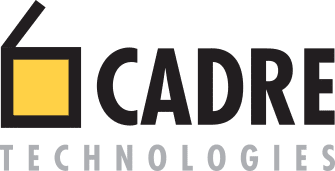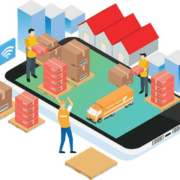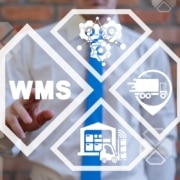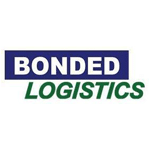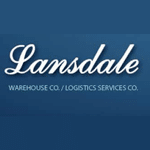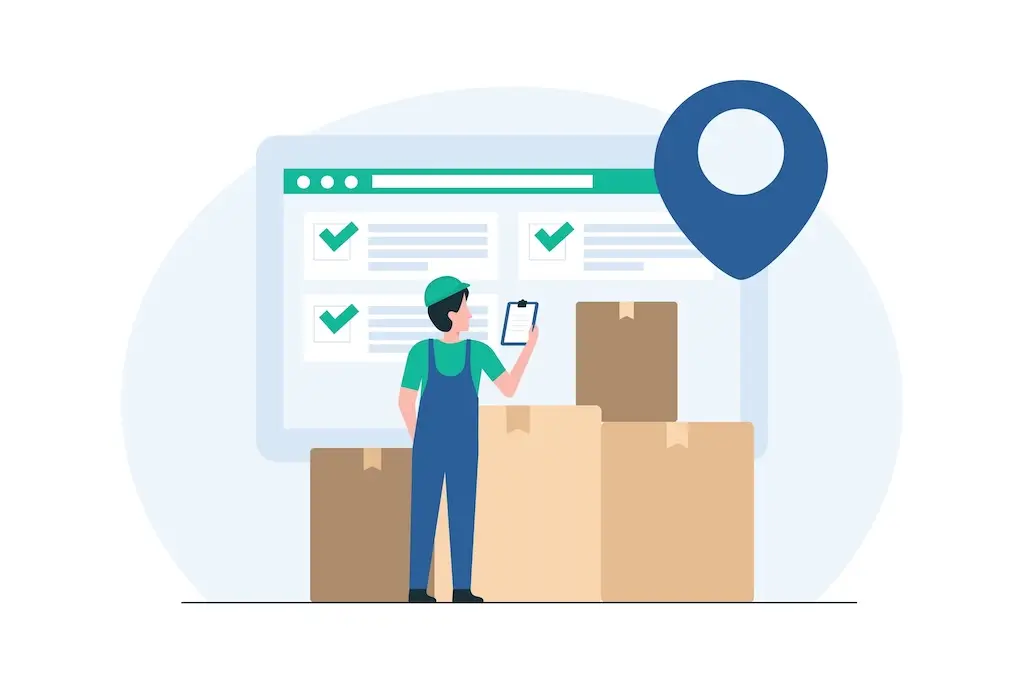Warehouse Management: WMS, TMS, LMS: Choosing Best-of-Class Solutions
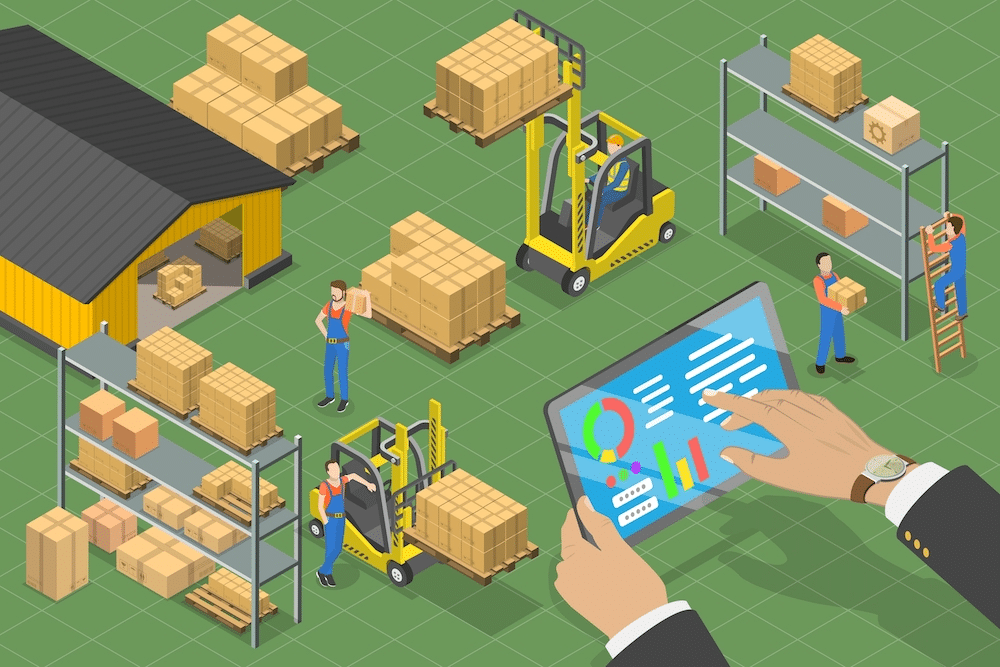
The modern supply chain is a complex and ever-changing world . To keep up, companies are turning to different types of warehouse software such as warehouse management systems (WMS) a transportation management system (TMS), or labor management system (LMS). But with all the different options on the market, how do you know which software is right for your business?
At Cadre Technologies, we specialize in delivering best-of-class solutions for logistics businesses. We’ve put together this guide to help you understand the different types of warehouse systems and how to choose the right software for your business.
The Need for Modern Warehouse Management Software
Warehouse management has come a long way since the early days of barcoding and radio frequency identification . Today’s businesses need to be able to track inventory in real-time, manage labor, and optimize transportation routes. They also need to be able to do all of this across multiple warehouses, locations, and channels.
In other words, managing a modern logistics facility is a complex undertaking that requires the right warehouse management software solution. That’s why it’s important to understand the different types of logistics and supply chain management software and how they can help your warehouse or distribution center business.
WMS vs. TMS vs. LMS: What’s the Difference?
Before we get into the nitty-gritty of choosing a system, let’s first take a brief overview look at the differences between these three types of supply chain and warehouse software systems.
Warehouse Management System (WMS)
A warehouse management system is a software application that helps you optimize your warehousing processes. A good WMS will help you increase efficiency and accuracy by automating tasks like order picking, putaway, inventory management, and inventory control.
By helping you keep track of your inventory levels, WMS software can help you avoid stockouts and plan for future orders. Some warehouse management software also comes with reporting features that give you visibility into your warehouse operations.
Most WMS solutions on the market today are designed to work with a company’s existing enterprise resource planning (ERP) or order management system (OMS). If you are trying to decide between a WMS or ERP, this article can help. A WMS allows businesses to have a single view of inventory levels and order status across their entire operation.
Transportation Management System (TMS)
A transportation management system (TMS) is a software application that helps businesses plan and execute the shipping of goods. A typical TMS will route shipments, track freight costs, and optimize delivery schedules. TMS solutions are typically used by businesses that ship large volumes of goods on a regular basis.
Many TMS solutions are able to be integrated with a company’s WMS or ERP system. This allows businesses to have better visibility of inventory levels, shipping costs, and delivery schedules across their operation.
Labor Management System (LMS)
A labor management system (LMS) is a software application that helps businesses track and optimize employee productivity. A typical LMS will track employee hours, performance, and attendance. It may also include features for managing shift schedules and payroll. Some labor management software also comes with reporting features that give you increased visibility into your workforce.
LMS solutions are typically used by businesses that employ large numbers of hourly workers, such as distribution, fulfillment centers, and manufacturing plants.
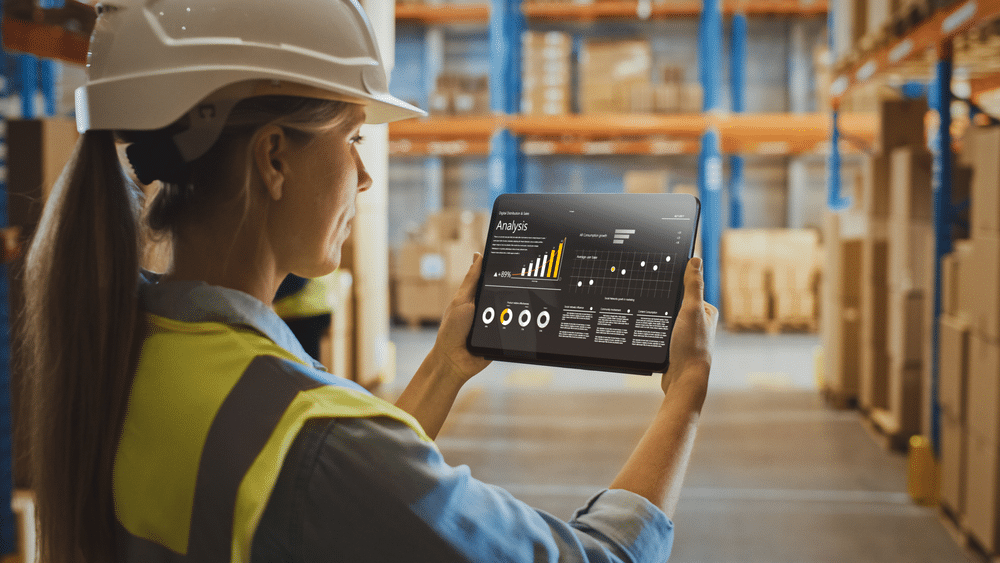
Factors to Consider When Choosing Supply Chain Software
There are a number of factors you’ll need to consider when choosing supply chain and logistics software, including:
-Your type of business (3PL, distribution center, etc.)
-The type of goods you ship
-The volume of goods you ship
-Your shipping schedules
-Your budget
-The complexity of your operation
-The size of your facility
-The type of equipment you use
-Your business goals
Type of Goods You Ship
One of the first things you’ll need to consider is the type of goods you ship. Different types of goods have different storage and shipping requirements. For example, perishable goods need to be stored at a certain temperature and shipped within a certain time frame.
You’ll also need to consider the size and weight of your goods. Larger and heavier items are more difficult to store and ship. These factors can help determine the type and capabilities of the software that you’ll need.
The Volume of Goods You Ship
Another important factor to consider is the volume of goods you ship. If you ship large volumes of goods, you’ll need software that is capable of handling the increased workload.
Shipping Schedules
You’ll also need to consider your shipping schedules. If you have time-sensitive shipments, you’ll need an application that can help you meet your deadlines.
Budget
Your budget is another important factor to consider when choosing supply chain software. If you have a limited budget, you may need to choose a less expensive system. However, keep in mind that cheaper systems may not have all the features you need and might not meet your needs for the long-term.
Complexity of Your Operation
The complexity of your operation is another factor to consider. If you have a large, complex operation, you’ll need an application that can manage the full range of your workload.
Size of Your Warehouse(s)
The size of your warehouse is another important factor to consider. If you have a large warehouse or multiple locations, you’ll need an application that can handle the size of your operation.
Type of Equipment You Use
You’ll also need to consider the type of equipment you use. If you have automated equipment, you’ll need an application that can manage the equipment.
Business Goals
Finally, you’ll need to consider your business goals.
What are you trying to achieve with your warehouse system? What are your business needs and objectives?
- Do you want to improve efficiency?
- Reduce costs?
- Improve customer service?
Also consider:
- What are your top priorities?
- What are your pain points?
- What are your goals for the future?
Evaluating Warehouse Systems
Once you have a good understanding of your needs and objectives, you can start evaluating different warehouse systems. Here are a few things to keep in mind when evaluating systems:
Ease of use:
The logistics application should be easy to use and intuitive. It should also be compatible with your existing systems and infrastructure.
Cost:
It should be affordable and offer a good return on investment.
Functionality:
It should have the features and functionality you need to meet your business needs and to be able to adapt and expand as your company grows.
Support:
It should come with good customer support in case you have any problems.
Choosing the Right System for Your Business
Now that you know what to look for in a warehouse management application, it’s time to choose the right one for your business. There are many different types of systems on the market, so it’s important to do your research and find the one that best meets your needs. Let’s look at some of the benefits and use cases for each type of application.

WMS
Benefits of a WMS:
– Optimizes storage in the warehouse
– Increases inventory accuracy
– Automates tasks like order picking, putaway, and inventory management
– Helps companies keep up with customer demands
WMS Example Use Case:
Acme Corp is a manufacturer that ships orders to retailers across the country. They are looking for a way to increase accuracy and efficiency in their warehouse. They implement a WMS and are able to increase accuracy by automating inventory management. They are also able to increase efficiency by automating order picking and putaway.
TMS
Benefits of a TMS:
– Saves money on shipping
– Reduces transportation costs
– Improves customer satisfaction
TMS Example Use Case:
XYZ Corp is a distribution center that ships orders to customers across a large region. They are looking for a way to save money on shipping. They implement a TMS and are able to save money by optimizing their transportation operations. They are also able to improve customer satisfaction by providing real-time tracking and visibility.
Labor Management System
Benefits of an LMS:
– Increases productivity
– Reduces overtime costs
– Improves safety
LMS Example Use Case:
ABC Corp is a manufacturing company that employs a large workforce. They are looking for a way to increase productivity and reduce overtime costs. They implement an LMS and are able to increase productivity by automating workforce management. They are also able to reduce overtime costs by tracking employee hours and schedule compliance.
Finding the right solution or set of solutions for your business
When it comes to warehouse management, there is no one-size-fits-all solution. The best approach is to choose a combination of different systems that will work together to meet your specific needs.
For example, you might choose to use a WMS to manage inventory and a TMS for transportation management. Or you might use an LMS for workforce management. The key is to find the right combination of systems that will work together to help you achieve your goals.
Integrating Best-of-Breed Solutions
Once you’ve selected the right system, or combination of systems, for your business, it’s time to start thinking about integration. Integration is key to getting the most out of your warehouse management system (WMS). When you integrate your WMS with your ERP system, for example, you’ll be able to share data between the two systems and automate tasks like order fulfillment and inventory tracking.
And when you integrate your WMS with your transportation management system, you’ll be able to optimize your shipping operations and save money on transportation costs.
Cadre Technologies Software for Logistics and Supply Chain Businesses
Cadre Technologies is a leading provider of software solutions for logistics and supply chain businesses. We offer a variety of best-of-breed solutions that can be combined and integrated to create a tailored solution for your business. Our software is designed to integrate with a variety of other systems, so you can get the most out of your investment.
Our software is designed to help businesses optimize their warehouse operations and improve their bottom line.
Comparing WMS, TMS, & Labor Management Systems: Conclusion
When it comes to supply chain industry management, there is no one-size-fits-all solution. The best approach is to choose a combination of different systems that will work together to meet your specific needs. Cadre Technologies offers a variety of best-of-breed solutions that can be combined and integrated to create a tailored solution for your business. Our warehouse software is designed to help businesses optimize their operations and improve their bottom line. Contact us today to learn more about our products and services and how we can help your business succeed.
